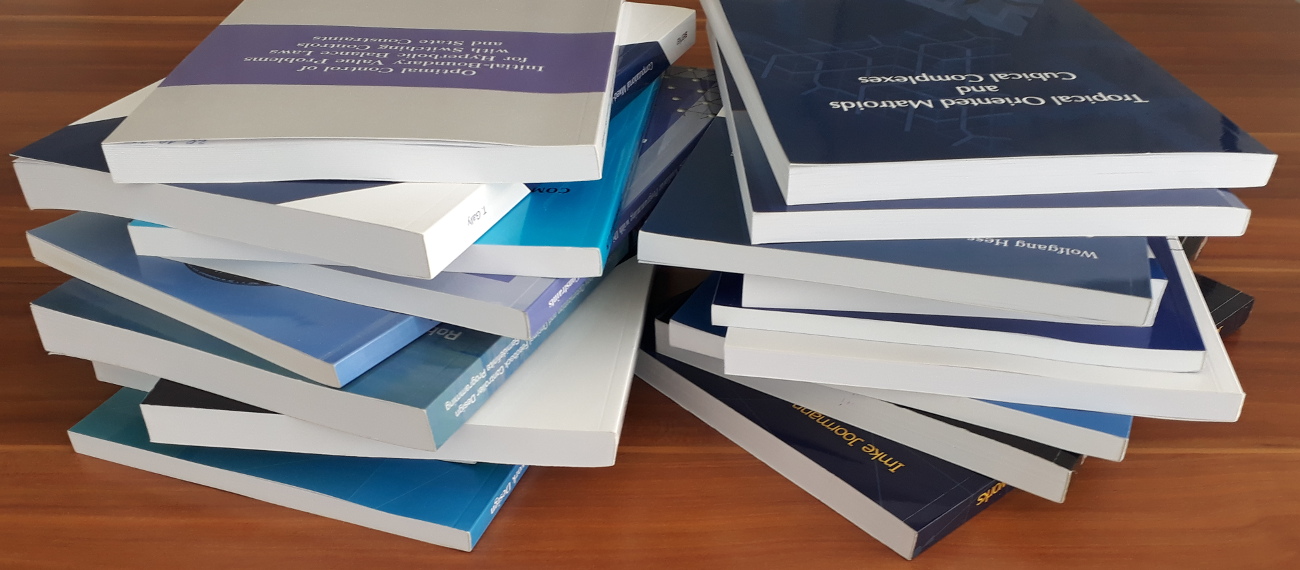Simulation and Optimization of Gas Transport Problems using Physics-Informed Neural Networks
Erik L. Strelow
This thesis investigates the application of physics-informed neural networks to solve gas transport problems. Physics-informed neural networks are a new numerical method that applies deep learning techniques to solve problems involving differential equations. Much knowledge is still to be developed, and this thesis is a contribution to the understanding of the method, focusing on three main areas.
First, we contribute to the fundamental knowledge of physics-informed neural networks. Here, in a theoretical investigation, we prove error estimates for a linear system of transport equations that bound the generalization error of the method by the values of the loss function. The estimates thus validate the method. However, they also show that the method has problems with long time intervals and high characteristic speeds. Furthermore, a practical investigation shows that the standard implementation can be improved with a more efficient approach.
Second, we focus on the most effective training strategy to obtain physics-informed neural networks. Besides the standard method, many variants of physics-informed neural networks have been proposed. We survey these variants and perform extensive numerical tests involving different neural architectures, optimization methods, sampling strategies, and loss balancing methods.
The results show that a specific neural network architecture is best suited for each problem. The Adam optimization method outperforms the other optimization methods with an appropriate learning rate and sufficient iterations. Higher-order sampling strategies have no significant advantages over the commonly used Latin hypercube sampling, and thus the convergence rates of sampling strategies do not affect the convergence rate of physics-informed neural networks. This demonstrates a complex interaction between the optimization and quadrature error, and also shows that the generalization error cannot be arbitrarily reduced in practical applications.
For the loss balancing methods, only an expensive random search can improve the accuracy. Finally, we review and extend another loss function formulation. While the extension increases the accuracy, it does not exceed the accuracy of the original loss function.
Third, we address optimal control problems using physics-informed neural networks. Here, we consider a direct approach and develop a new indirect approach. We show that the direct approach does not adequately reflect the optimal control problem and computes infeasible solutions. In contrast, the indirect adjoint-based approach, computes feasible solutions that also minimize the objective function. We illustrate this with numerical tests from two test problems.
https://tuprints.ulb.tu-darmstadt.de/26769

